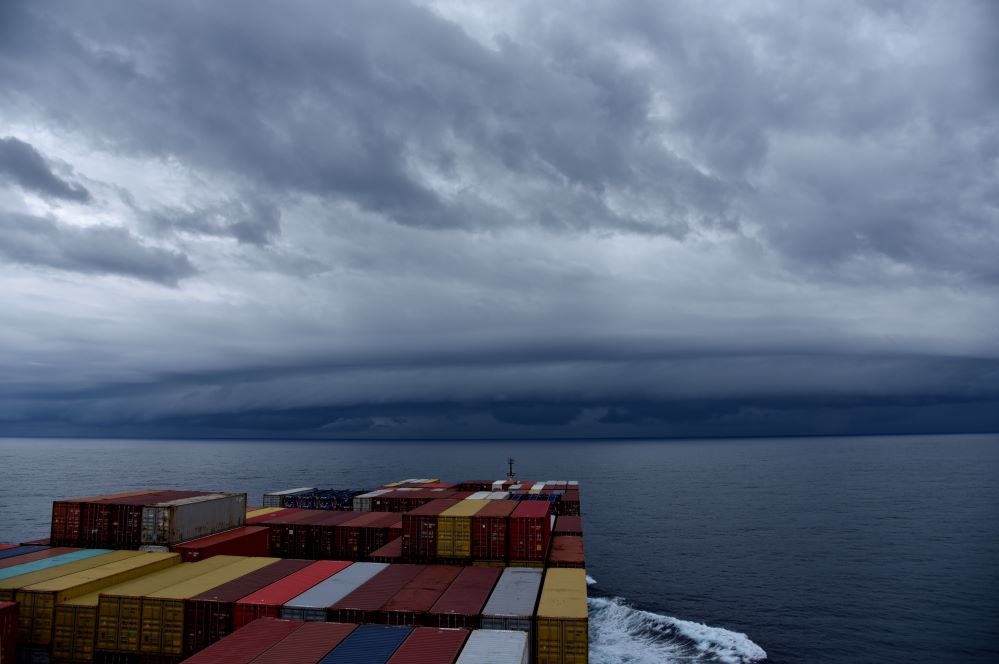
Drought in Germany is affecting trade along the River Rhine as water levels are now too low for laden barges carrying freight to navigate, threatening supply chains and further port congestion.
The Loadstar reports that low water levels, caused by the lengthy European heatwave, have now forced the closure of the Rhine for barge traffic for the first time in four years.
Germany is the UK’s second largest trading partner, accounting for 8% of all trade.
Barges stop
Some barges were previously being loaded to only a quarter of their capacity to keep them higher in the water, reports Deutsche Welle.
According to ABC News, shipping companies had already predicted they may have to stop sailings this week, with cargo switching to road and rail.
However, capacity is limited with railways prioritising coal and mineral products if they can no longer be shipped down the Rhine, restricting the space available for other products.
Supply chain disruption
Marco Forgione, director general of the Institute of Export & International Trade, told the Times: “Exporters and importers in Britain need to be concerned about what’s happening in Germany.”
“Supply chains are disrupted already. What’s happening with the issues around fuel resilience ... just creates another tier of uncertainty and concern,” he added.
Analysts believe the Rhine’s water level could take an entire percentage point off German industrial production in July, reports City AM.
Some improvements
Despite the situation in Germany, there are “several signals of improving global congestion” in the shipping industry.
A major benchmark of the time taken for a good to get from the factory to its destination – the Flexport Ocean Timeliness Indicator – has fallen significantly over the past three months.
The Baltic Dry index, which measures the cost of moving raw materials by sea, is also falling and is heading down towards 2020 levels.



